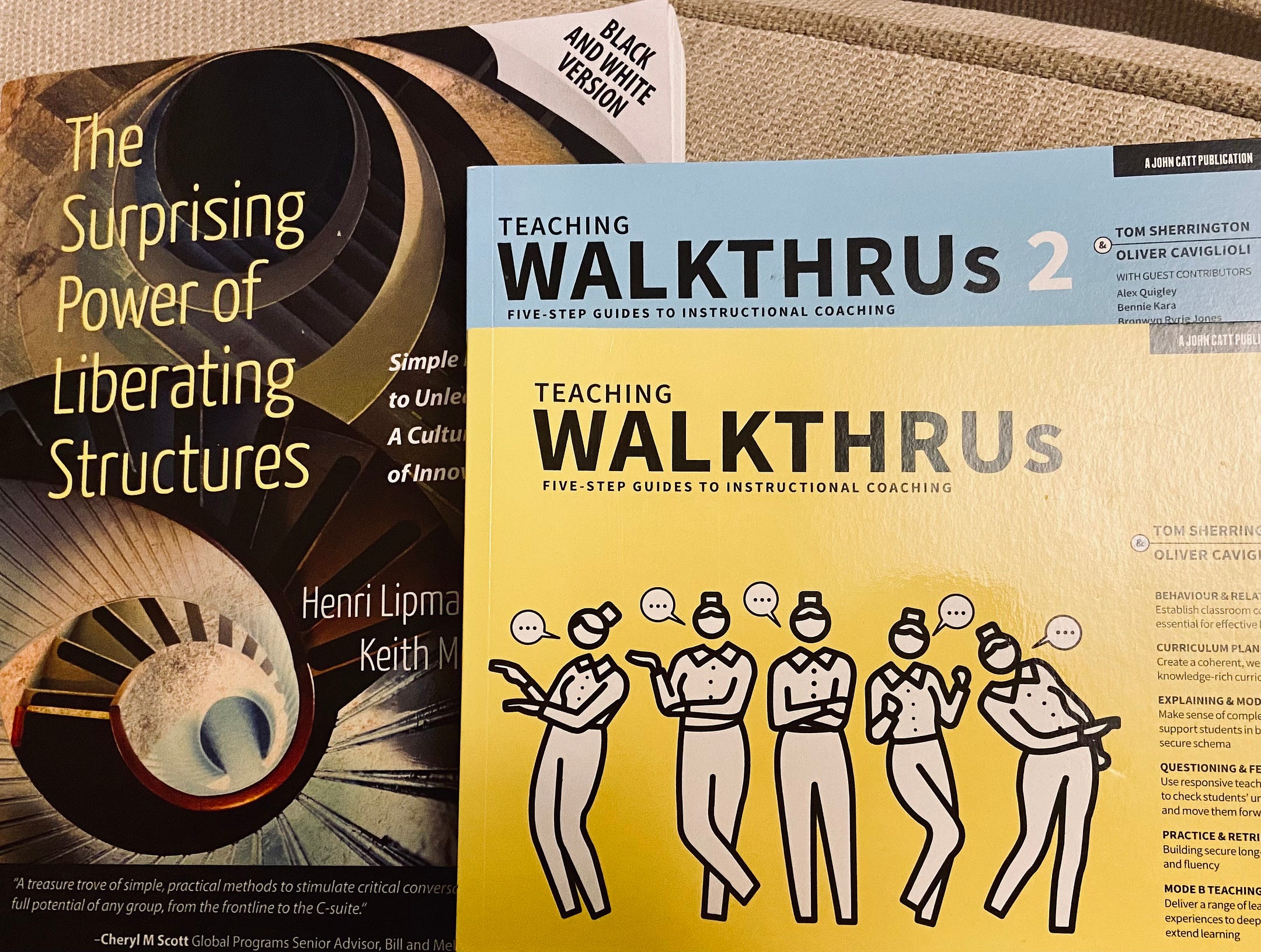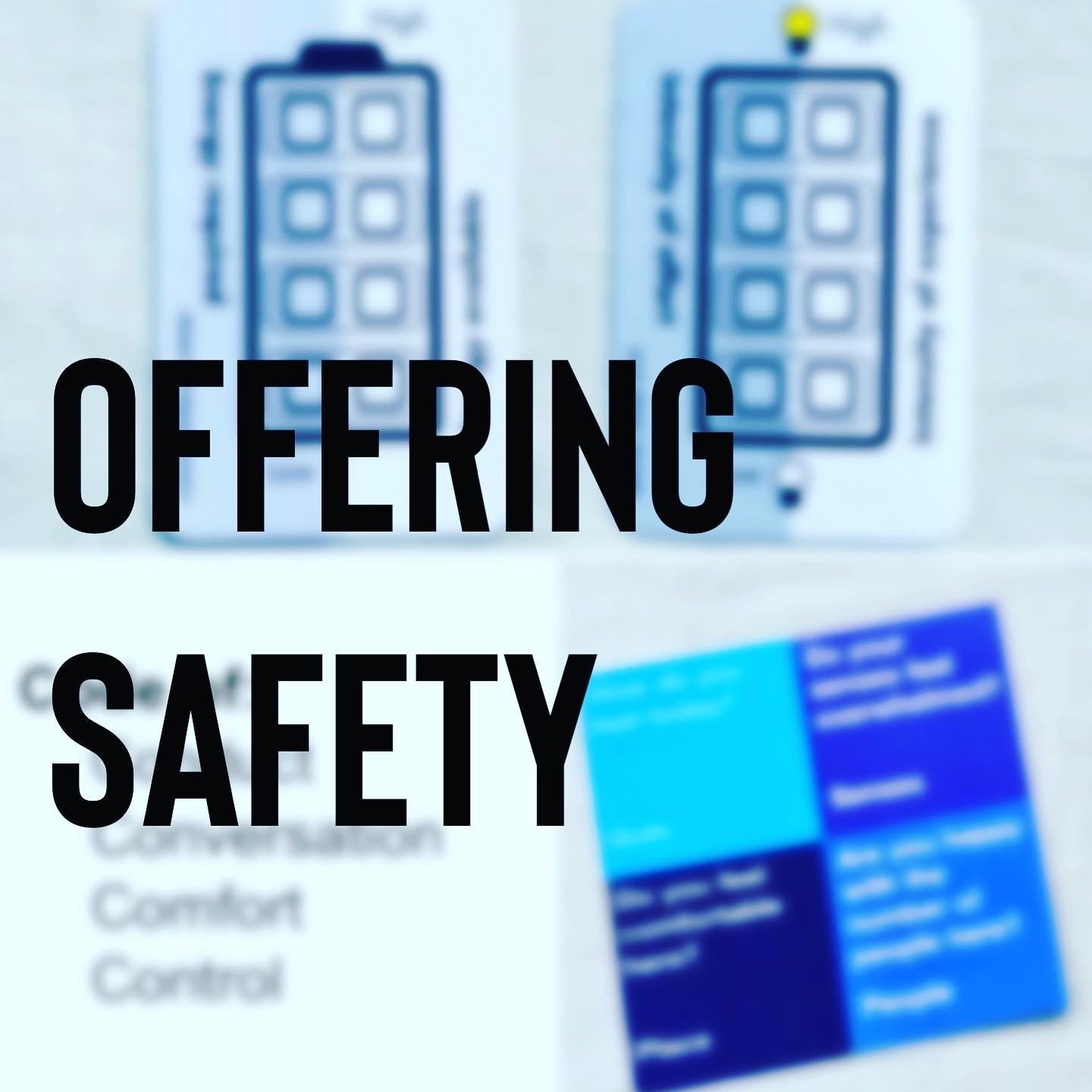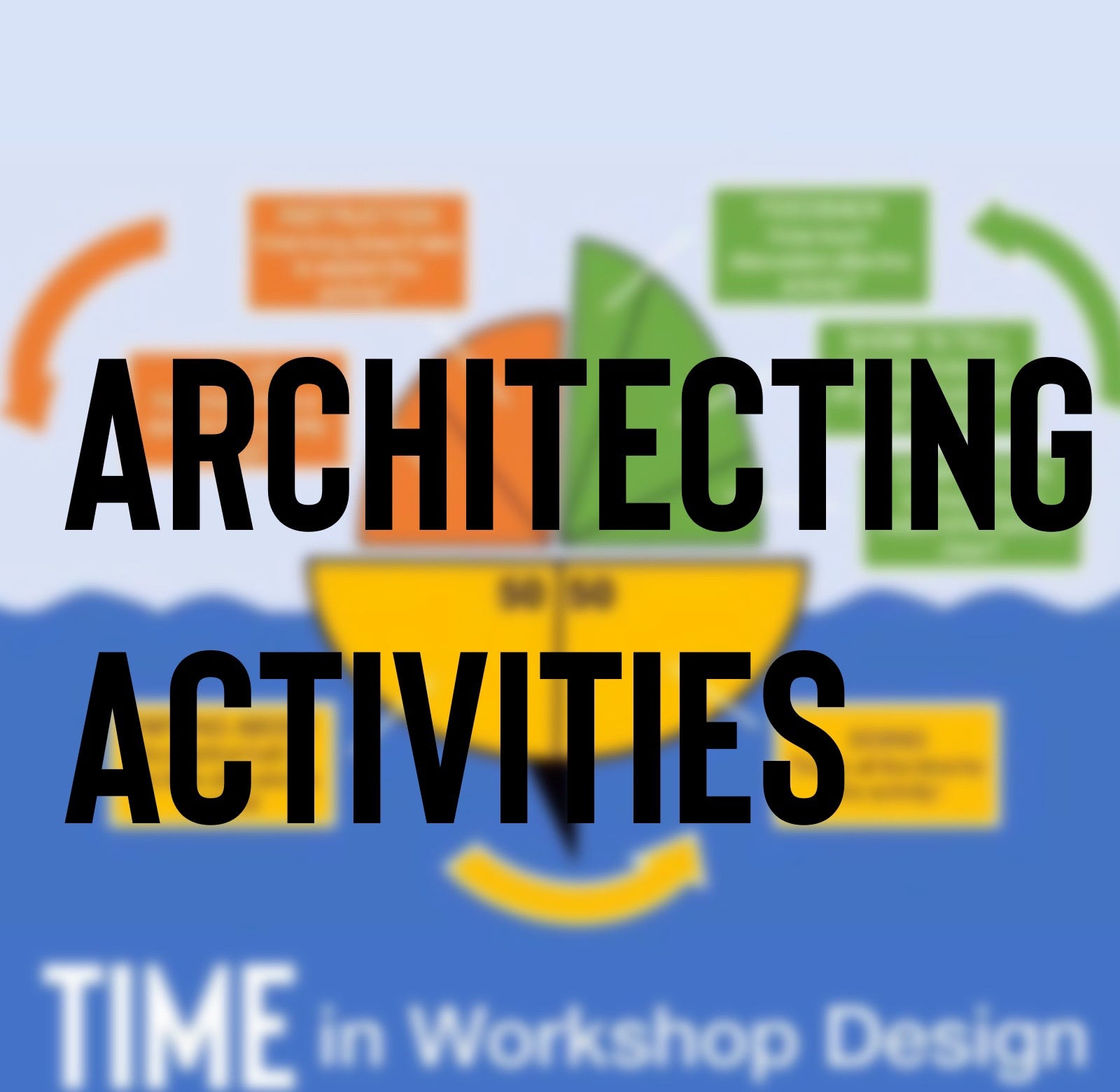
I hope to run a free 2 hour workshop by Zoom on ideas around designing hybrid workshops at the end of September (probably Friday 24th). I’ll update information as it becomes clearer.
This post is to describe the purpose and structure of the workshop.
Sharing Wonder

The opening of the workshop is not part of the Zoom workshop. It is delivered by podcast and pdf.
I have written a longer post about this content already on Medium. You can read it here.
The key points are:-
- Think about what you want to share. Is it Wonder! (here is some skill or knowledge I wish to share) or Wonder? (here is a question I wish to share).
- Think about your role: are you a Teacher or a Facilitator?
Thinking about these questions is necessary so as to know what kind of workshop you need to design.
Doing this work prior to the 2 hour Zoom encounter means that you can engage more meaningfully with the content and discussions.
I’d also recommend using that time to buy these books.

- I recommend Teaching Walkthrus if you are aiming to teach a skill or process to people.
- I recommend Liberating Structures if you are aiming to facilitate answering a question with people.
Offering Safety

The Zoom workshop will start with some activities that describe the psychological safety frameworks that I use. They have developed over the years of facilitating in-person workshops and have been adapted as workshops shifted to online only.
I use a number of different tools to describe to workshop participants how they are in control and how their choices around engaging with the workshop content and activities that are prioritised.
Being clear about safety is essential. That need has been heightened by the switch to hybrid workshops.
Being explicit about personal autonomy matters.
This workshop will share ideas I have, tools I use and provide time for people to talk of their own experiences and ideas.
You can read a post about Losing Control To Gain Comfort on some of these ideas.
Architecting Activities

The second part of the Zoom workshop is about practicalities of structuring workshops and content.
I’ll describe a simple structure that I used in a previous Designing Workshops workshop in Aarhus.
I will share a couple of tools that I use to plan activities. These cover two important areas:
- Time: how much time any workshop activity takes to complete is easily misunderstood. Errors in planning timings can cascade thru the workshops and create major problems in delivering content. You can read a post about a tool I use on Time.
- Social interaction: how many people are involved in any planned activity? Group activities can be stressful. What you think is good fun can be psychologically demanding. Think about what you are asking of people. You can read a post on Design Circles which I use to plan around such issues.
What you want to teach or facilitate is for you to decide. All I can offer is some ways of planning and anticipating where errors or stresses may occur.
Online workshops make it harder to involve people and harder to check that they are fine.
Building on the offer of safety, this architecting of activities is a way of designing workshops that deliver content clearly and confidently.
It is clarity and confidence that are the main points of this workshop. Helping you be clear in what you want to do is the foundation.
Helping you feel confident in designing and delivering your own workshop is the main structure.
Let me know if you want to attend and I will email you when details are available. Use Contact Us to send an email.
One comment: